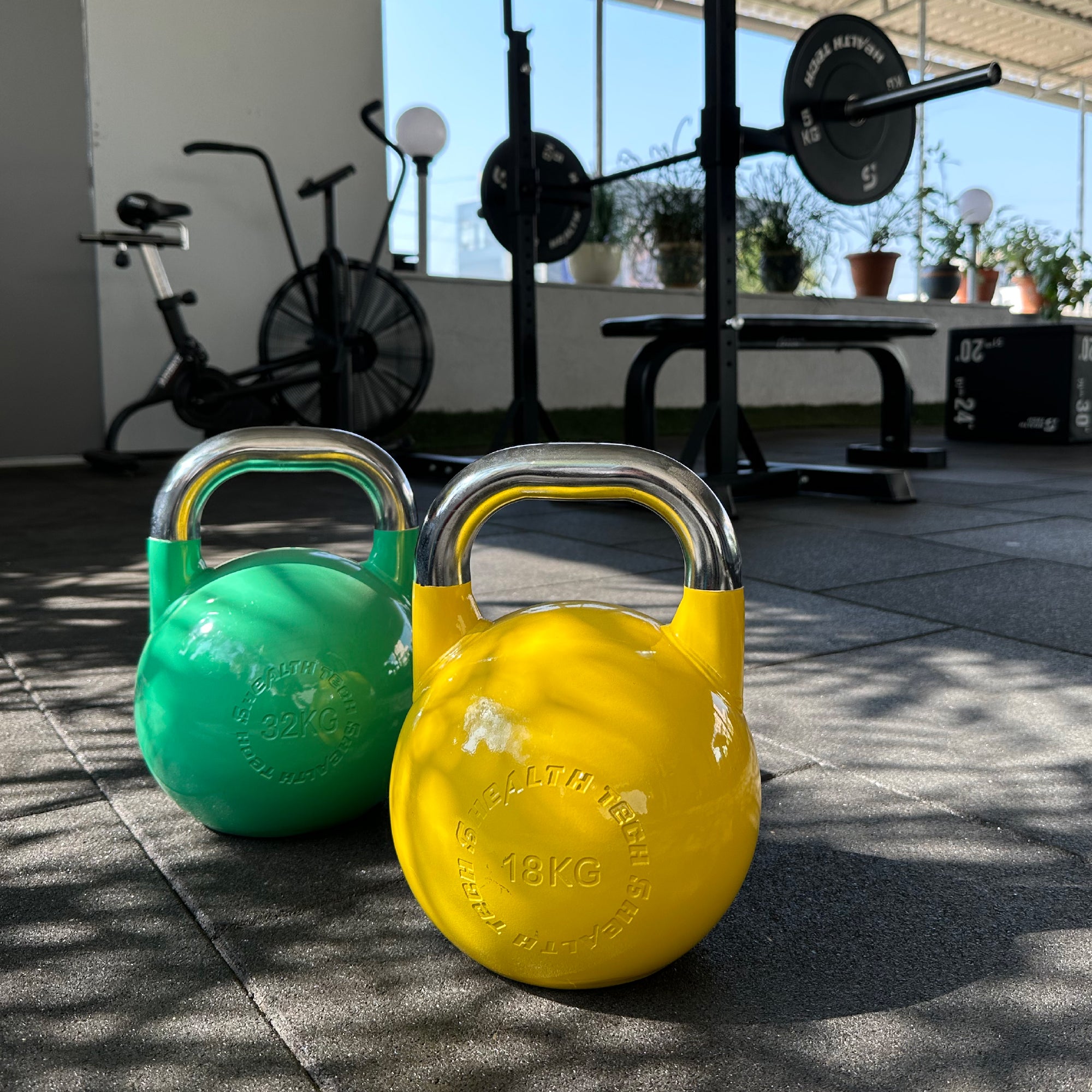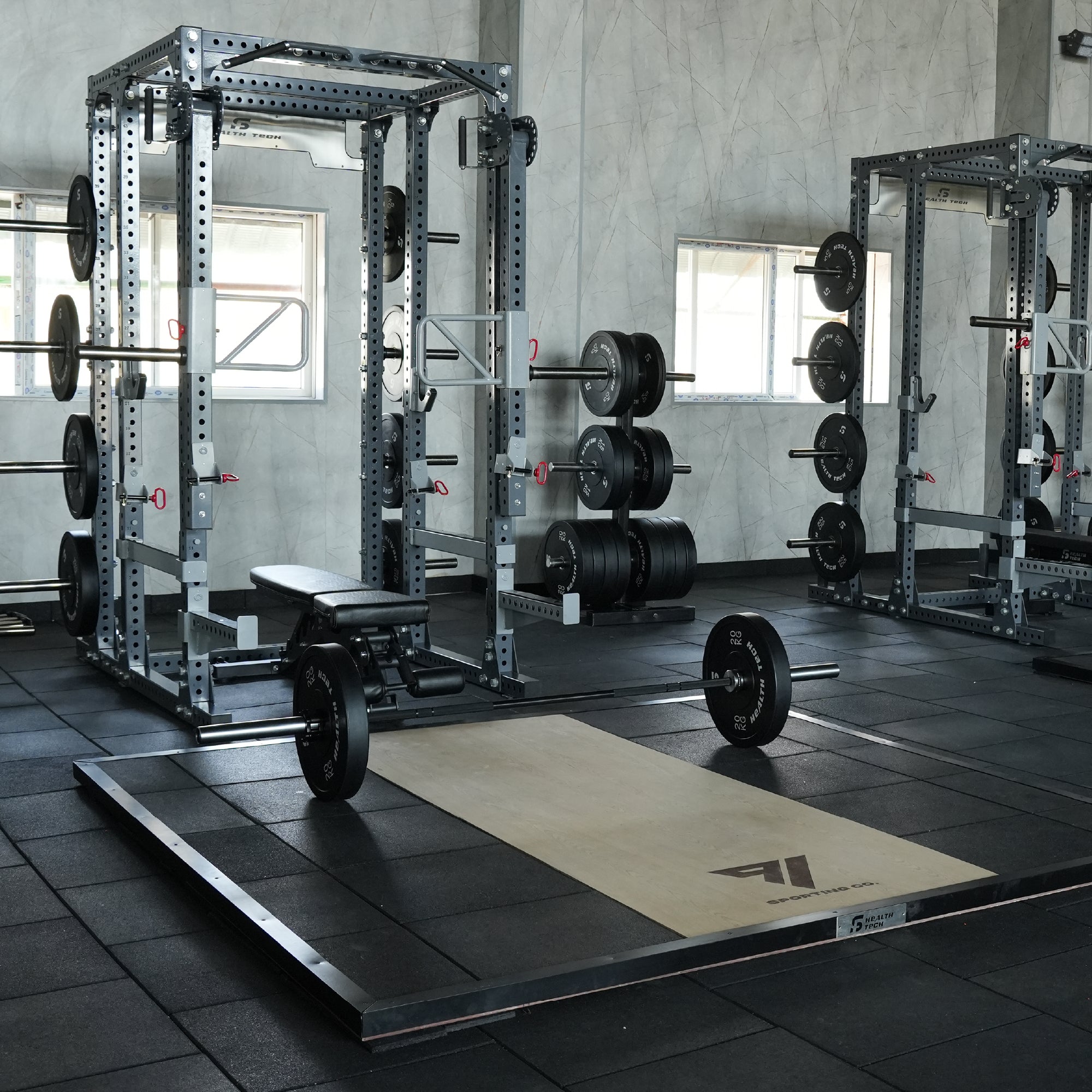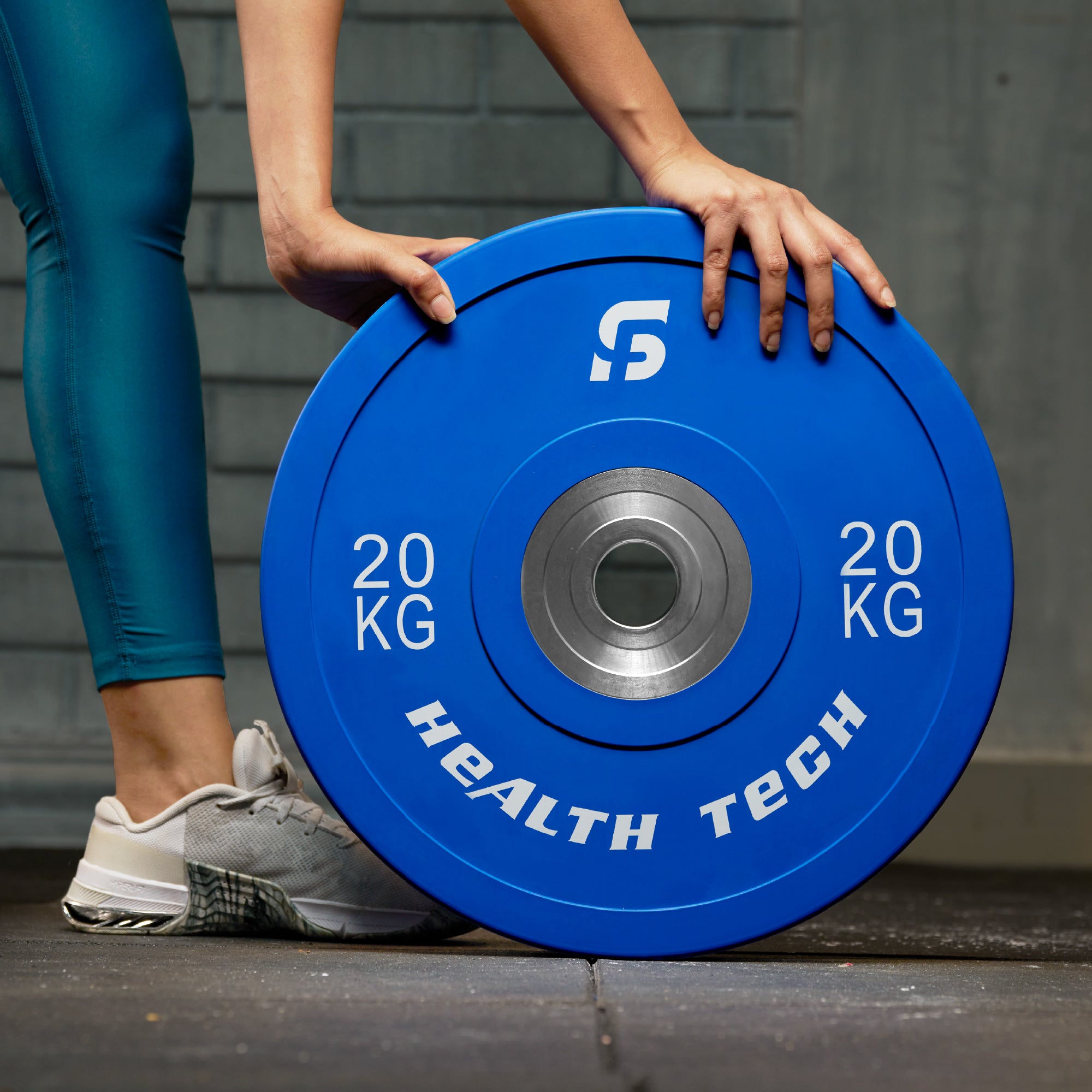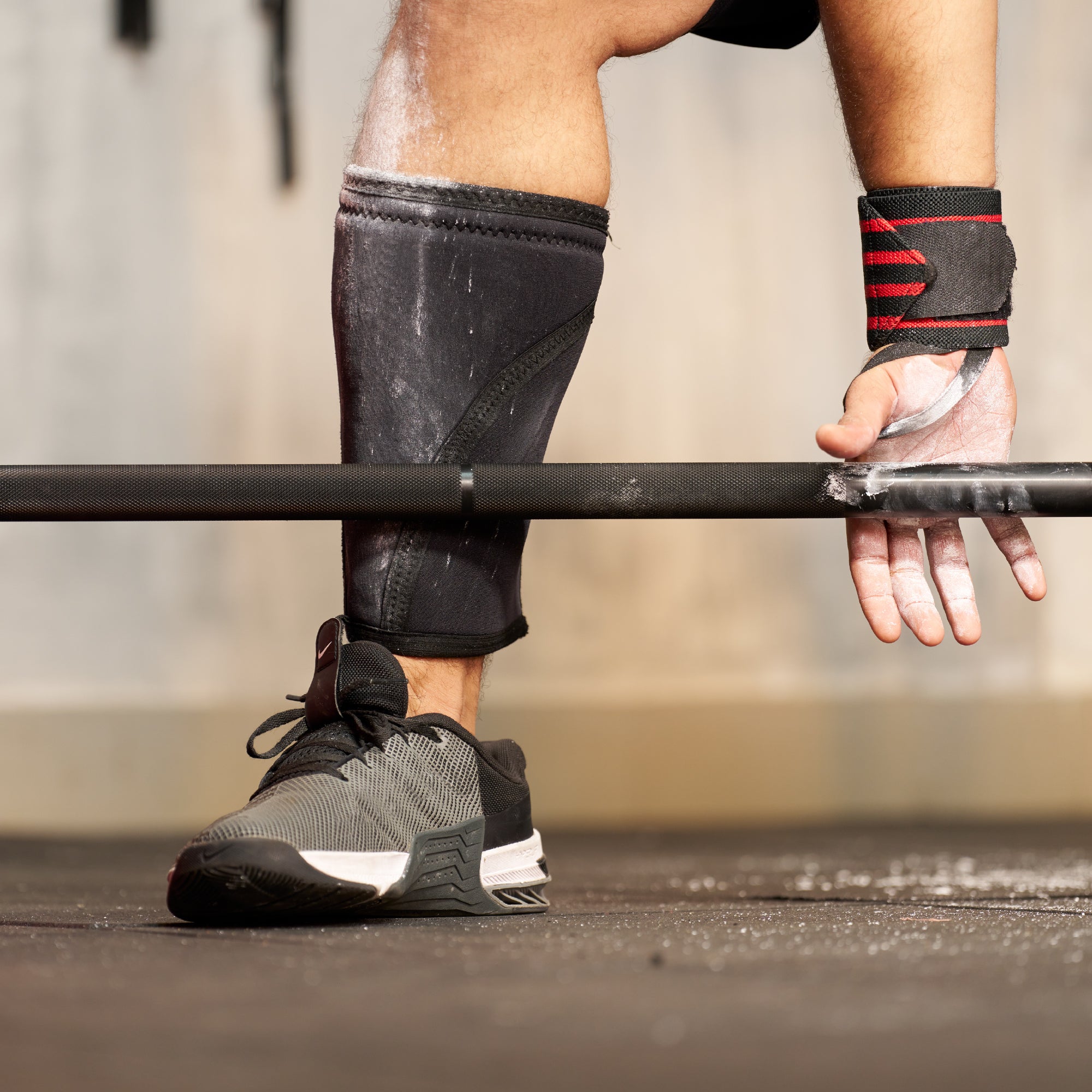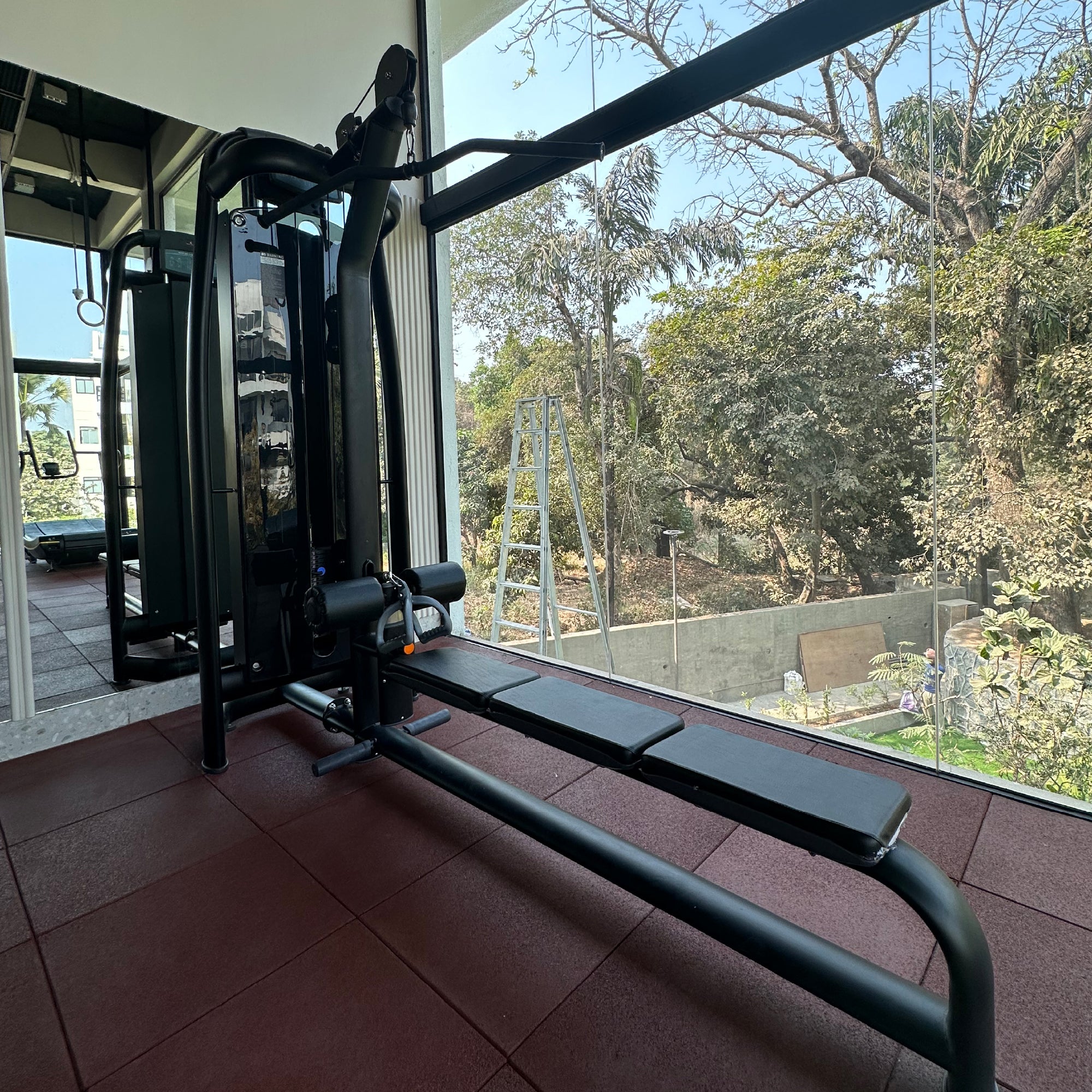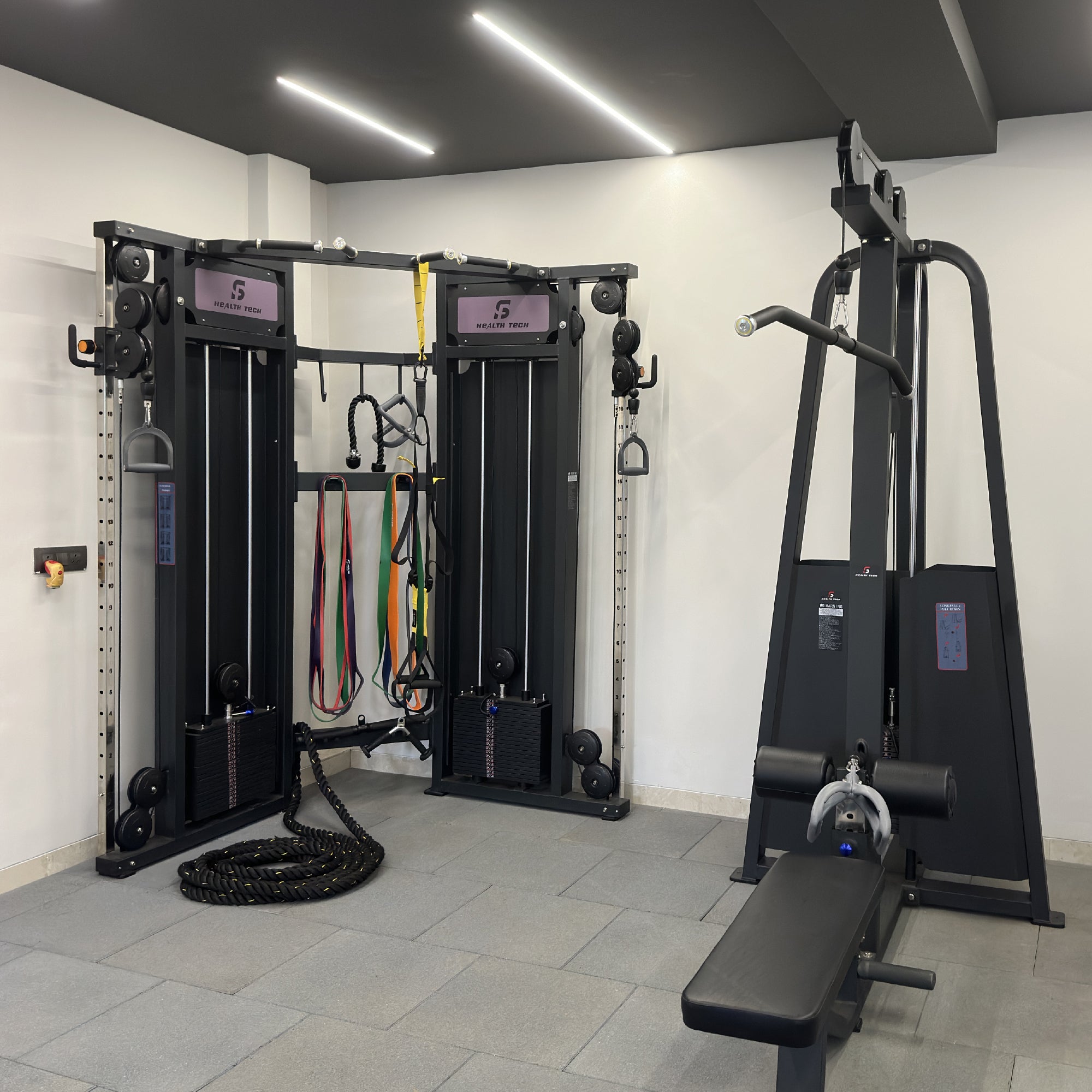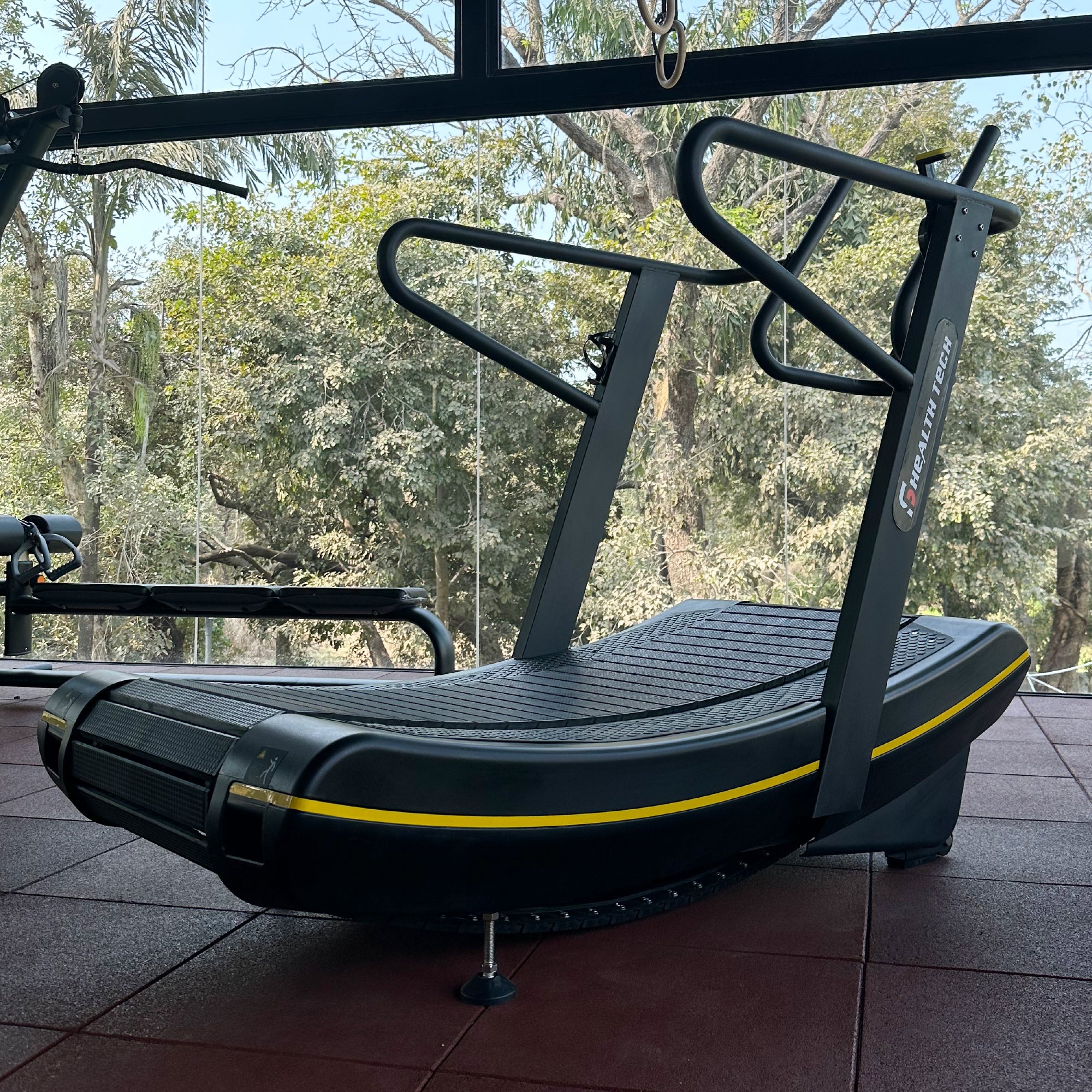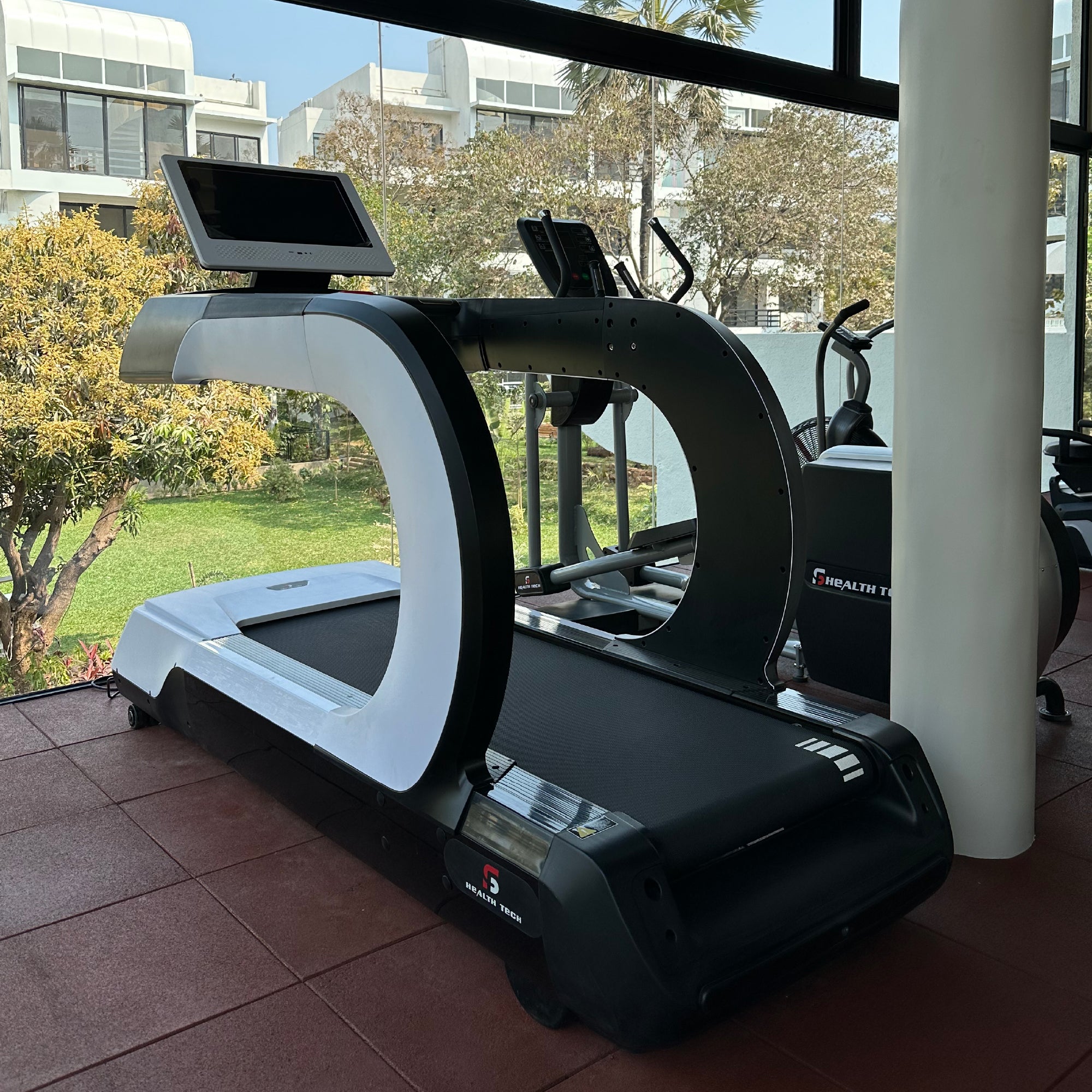How to Get an Athletic Body? Guide to an Athletic Physique
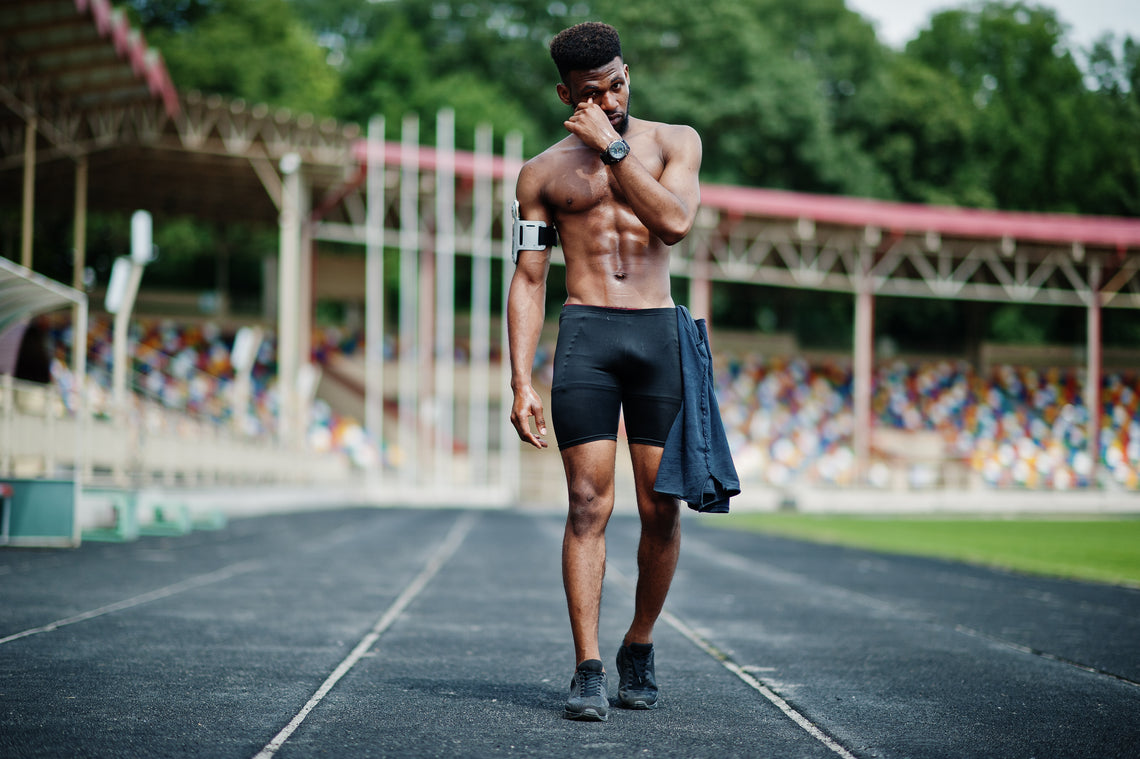
Forget aesthetics for a moment. An athletic physique encompasses more than just sculpted muscles and a six-pack. It represents the full potential of the human body—a fusion of strength, agility, and endurance, forming a finely tuned machine capable of meeting any physical challenge. It offers the freedom to effortlessly chase after a runaway frisbee, conquer a demanding hike, or dominate a friendly basketball game. Achieving this level of physical prowess requires dedication and a multifaceted approach.
This comprehensive guide is your key to unlocking the knowledge and strategies necessary to sculpt your path to an athletic physique. It covers all aspects, from nutrition and training to mindset and recovery, ensuring you have a well-rounded approach to your fitness journey.
Understanding the Athletic Body
Imagine an athletic physique as a magnificent temple. Its foundation rests on four key pillars:
-
Muscle Definition:
Having well-defined muscles not only contributes to an impressive physical appearance but also provides the body with the strength and power needed to tackle challenges with unwavering confidence and determination.
-
Low Body Fat Percentage:
Focusing on reducing body fat can lead to improved overall movement quality and make it easier to highlight the underlying muscle definition.
-
Strength and Power:
The ability to generate significant force and perform rapid, dynamic movements is crucial for attaining peak athletic prowess.
-
Endurance and Stamina:
Endurance is crucial for activities such as long-distance running. It's about maintaining effort over extended periods of time.
-
Flexibility:
Maintaining flexibility in your joints is essential for enhancing your range of motion, which in turn boosts agility and lowers the risk of injury.
How to Get an Athletic Body?
Now that you understand the cornerstones of an athletic physique, let's delve into the commandments that will guide you on your journey:
-
HIIT with Weight Lifting:
To improve your cardiovascular health and endurance, consider incorporating High-Intensity Interval Training (HIIT) into your fitness routine. HIIT involves alternating between intense bursts of exercise and periods of rest or lower-intensity activities. This type of training is an effective way to boost cardiovascular fitness.
In addition to HIIT, you may also want to include weight training in your fitness regimen. Weight training can help promote muscle growth and enhance overall strength. By engaging in both HIIT and weight training, you can work towards a more well-rounded and effective fitness routine. -
Macronutrient Magic:
When managing your macronutrient intake, it's important to carefully monitor the amount of protein, carbohydrates, and fats you consume. These levels should be adjusted to align with your specific physical activity levels and to aid in your body's recovery process.
-
Unilateral Focus:
Exercises that focus on one side of the body at a time, known as unilateral exercises, help to strengthen your core and promote balanced movement patterns by improving symmetry between the left and right sides of the body.
-
Functional First:
Focus on incorporating exercises into your workout routine that closely replicate movements you use in everyday life, such as squats, lunges, and rows. This will help you build functional strength to apply to real-world activities.
-
Embrace the Outdoors:
Why not switch up your exercise routine by taking it outdoors? Incorporating activities like running, jumping rope, or plyometrics in the park can inject some excitement into your workouts.
-
Conquer Your Weaknesses:
Identify any weaker muscle groups or fitness areas you want to improve and create targeted workouts to focus on strengthening them.
-
Unlock Mobility and Flexibility:
To improve your flexibility and reduce the risk of injuries, it's important to include dynamic stretches and mobility exercises into your routine. These types of exercises help to increase your range of motion and keep your joints healthy and functional.
-
Mind Over Muscle:
By practicing mindfulness techniques, such as deep breathing and body scanning, individuals can enhance their ability to concentrate and stay present during exercise sessions. Additionally, these techniques can assist in minimizing stress levels and improving sleep quality, thereby supporting the body's recovery process.
-
Active Recovery is Key:
Rest should not be confused with inactivity. While taking a break from high-intensity exercise is important for muscle recovery, engaging in low-intensity activities such as yoga or leisurely walks can help promote muscle repair, prevent burnout, and support overall well-being.
These activities facilitate blood flow to the muscles, aid in the removal of waste products, and contribute to a sense of relaxation and rejuvenation.
-
Embrace Change:
As you continue to train, your body adapts to the physical demands you place on it. It's essential to periodically adjust your workout plan to ensure that you are continuously challenging yourself and fostering ongoing improvement.
This could involve changing the intensity, duration, or type of exercises you do, as well as incorporating new techniques or adding variety to your routine. By making these adjustments, you can prevent plateaus and see continued progress in your fitness journey.
Things to Remember While Achieving an Athletic Physique
The 10 commandments we explored provide a roadmap for your athletic development. But to truly succeed, you need to build a strong foundation with these five essential elements:
-
Consistent Training:
Regular exercise is the cornerstone of building an athletic body. Aim for at least 3-4 workouts per week, incorporating a variety of exercises to target all muscle groups and fitness components. Consistency is key – even short, focused workouts are better than sporadic bursts of intense activity.
-
Proper Nutrition:
You are what you eat! Fuel your body with a balanced diet rich in whole foods, lean protein, complex carbohydrates, and healthy fats. This provides the essential nutrients your body needs to build muscle, repair tissues, and optimize performance.
-
Hydration Hero:
Water is your best friend. Stay hydrated throughout the day, especially before, during, and after workouts. Dehydration can significantly hinder your performance and recovery.
-
Rest and Recovery:
Don't underestimate the power of rest. Your muscles repair and rebuild during rest periods. Schedule recovery days, prioritize quality sleep (aim for 7-8 hours per night), and incorporate active recovery activities like yoga or light walks to promote muscle repair and prevent overtraining.
-
Consistency and Patience:
Building an athletic physique takes time and dedication. Don't get discouraged by slow progress. Consistency is key. Celebrate small victories, stay motivated, and trust the process. Patience is your superpower on this journey.
FAQs
-
What are the 8 essential exercises for an athletic physique?
Focus on compound movements like squats, deadlifts, bench presses, overhead presses, rows, lunges, pull-ups, and planks. These exercises build overall strength and stability, creating a solid foundation for athletic performance.
-
How can I improve my athletic performance?
Incorporate a well-rounded exercise plan that targets strength, agility, speed, endurance, and flexibility. Structure your training regimen with periodization in mind, strategically varying the intensity and volume of your workouts to optimize results.
-
What's the best workout for athletes?
There's no one-size-fits-all approach. The best workout for athletes is tailored to the specific demands of their sport. It should emphasize functional movements and follow a periodized training plan.
-
What exercises develop athletic power?
To develop explosive athletic power, focus on exercises that involve fast, forceful movements. Here are some key examples:
- Plyometrics: These exercises, like box jumps, depth jumps, and medicine ball throws, train your muscles to stretch and contract quickly, generating significant power.
- Olympic Lifts: The snatch and clean and jerk, though complex, can significantly boost power output when done correctly with proper guidance. Even lighter variations can be helpful.
- Explosive Movements: Broad jumps, jump squats, and medicine ball slams mimic explosive actions used in many sports. These exercises improve your ability to generate maximum force in short bursts, translating to improved jumping, sprinting, and agility.
-
What exercises should athletes follow every day?
While intense workouts are important, incorporating these daily drills will prime your body for peak performance and prevent injuries:
- Pre-Workout Stretches: Before exercising, it's important to do dynamic stretches. Unlike holding a position, these stretches involve controlled movements that help your muscles get ready for activity. This can improve your flexibility and range of motion, making your movements more efficient and reducing the risk of injury.
- Importance of Core Strength: Having a strong core is crucial for athletic performance. Doing daily core exercises like planks, side planks, and Russian twists helps to strengthen your core muscles. This stabilizes your spine and improves your overall balance and coordination.
- Tailored Training: No matter what sport you're into, it's important to incorporate drills that mirror the specific movements and techniques of that sport. These drills can help improve your skills, enhance muscle memory, and translate your progress in the gym to better performance in your sport.


